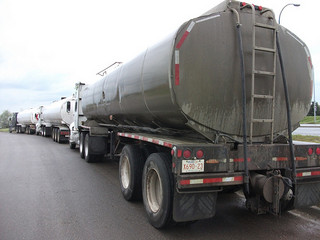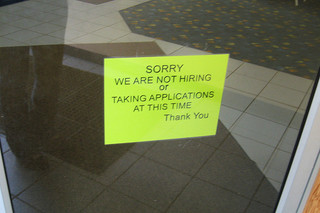Trends in Trucking Indicate Both Good and Bad News for the Future of the Economy

According to the American Trucking Association, truck freight rose slightly (1.4 percent) during the month of August. This comes on the heels of a slight downturn in July (0.6 percent), but is the third month within the past four months that freight rose, which is a positive indicator.
The types of loads attributing to the rise, however, are heavier loads, such as bricks and lumber to build homes and businesses, crude oil from the increase in shale oil fracking, and a larger number of automobiles in response to a higher demand for new vehicles as consumer confidence and spending gradually rise. So when the weight of the freight is factored into the equation, the trucking industry remains relatively flat.
But this is expected to change soon, as the building of homes and offices spurs demand for other consumer goods, such as electronics, furnishings, decor, and other items to fill these homes and businesses. This is the other side of the coin: the trucking industry does not currently have the capacity to handle a large increase in deliveries. There could be a shortage of goods at the marketplace as the economy picks up and consumers begin opening their wallets again.
The low capacity is due to two factors in the trucking industry. The first factor is a shortage of trucks. Carriers simply haven’t invested in new trucks during the recession. Many carriers have converted their trucks equipped to carry consumer goods for other uses, such as haulers for crude oil and crude oil extraction equipment and supplies. Some have sold their surplus trucks to overseas buyers. The second factor is a shortage of qualified drivers to operate the trucks.
A number of factors has caused a shortage of drivers. These include the more complex (and some say unfair) hours of duty regulations recently imposed by the Department of Transportation. Many of the truck drivers have left the industry to take jobs with the shale oil and natural gas industries as heavy equipment operators.
However, spokespersons for the American Trucking Association maintain that it will only be a short time until carriers can revamp truck fleets, fill those vacant drivers’ seats, and get the wheels moving on meeting the demands of a growing economy.






